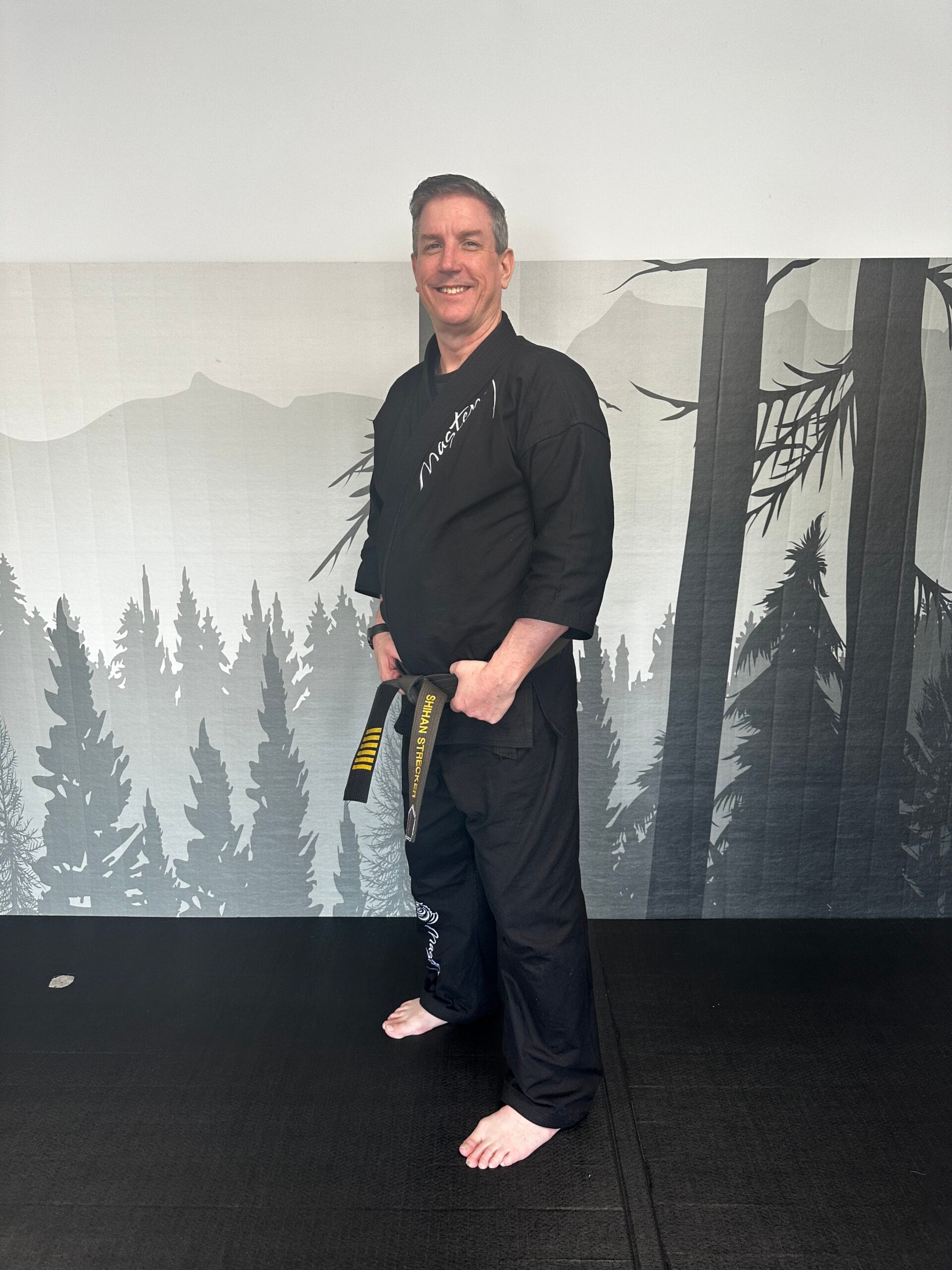If you want peace of mind about your child’s martial arts journey, understanding the right safety measures is essential. Good news, it’s easier than you might think to keep training fun and low-risk. Below, you’ll find proven ways to protect young learners from common injuries, choose solid gear, and spot a program that provides proper support. By following these guidelines, you’ll be one step closer to implementing child martial arts safety protocols that safeguard your child’s well-being.
Start With Reliable Protective Gear
The first step to a safe training environment is selecting quality protective gear that fits well. Properly sized equipment reduces bruises, sprains, and more serious injuries.
- Headgear: Look for thick padding to shield the head from impact. Studies show that high-quality headgear significantly lessens the likelihood of head trauma.
- Mouthguard: A snug fit helps absorb shock, protecting teeth and gums during kicks and punches.
- Chest Protector: A chest guard with advanced impact absorption technology (such as layered foam or gel) disperses force across the torso. This approach defends the ribs and organs.
- Shin and Forearm Guards: These shield bony areas from painful collisions. Well-padded shin guards are vital in classes where students frequently practice leg strikes.
- Groin Protector: Especially for older children starting sparring, a sturdy cup or groin protector is crucial.
Here’s a quick overview of basic gear:
| Gear | Primary Purpose |
|---|---|
| Headgear | Protect head and reduce concussion risk |
| Mouthguard | Shield teeth and gums from hard strikes |
| Chest Protector | Absorb impacts to ribs and vital organs |
| Shin Guards | Prevent bone bruises and shin injuries |
| Groin Protector | Reduce pain or serious injury in contact drills |
You’ll also want to check each item for a secure fit. Loose headgear or oversized shin guards can slip during practice, defeating the purpose of the gear. For more child-friendly advice, see child-friendly martial arts safety tips.
Prevent Common Injuries In Training
Even with the best equipment, accidents still happen. Thankfully, most training-related injuries—such as sprains, strains, scrapes, and bruises—are minor with the right prevention.
- Warm Up Properly
A brief warm-up before each session increases blood flow and reduces the risk of muscle strains. Encourage your child to practice simple stretches for arms, legs, and the back. - Keep Contact Controlled
Younger kids often lack the motor skills to punch or kick with precise power. Light-contact drills or pad work help them build technique without risking forceful collisions. In fact, some programs discourage head-level contact entirely until children are older. - Monitor For Concussion Signs
If your child experiences headaches, dizziness, or confusion after a knock to the head, consult a doctor immediately. Any suspected concussion should be evaluated before returning to class. - Practice Good Hygiene
Clean mats play a pivotal role in preventing skin infections. Reputable schools regularly disinfect surfaces and ask students to maintain personal cleanliness.
Insist On Age-Appropriate Instruction
No two kids learn at the same pace, so martial arts classes should be tailored to each age range. Many instructors now offer special programs for kids under 6 that focus on balance, basic coordination, and non-contact drills. This approach can lower the chance of injury while letting children enjoy kicks and punches at a level they can handle.
- Kinderkarate Programs: Ideal for ages 3 to 5. Emphasize body awareness, personal space, and playful exercises rather than rigorous sparring.
- Elementary-Level Classes: Focus on progressive skill-building, including correct kicking and punching mechanics. Tend to have stricter guidelines for contact.
- Instructor’s Experience: Aim for teachers who have a successful track record of working with various age groups. Ask if they’re comfortable adapting techniques for younger children or those who move at a slower pace.
Overall, an age-appropriate structure nurtures confidence while reducing the likelihood of injuries from movements that kids aren’t ready for yet.
Find Schools That Prioritize Safety
Safe martial arts training goes hand in hand with clear guidelines, respectful conduct, and mindful instructor support. Look for a program that invests in both physical and emotional safety.
- Zero-Tolerance Bullying Policy: Children thrive when they feel respected. Programs that address harassment early create an inclusive space.
- Instructor Certification: Teachers certified in first aid and CPR can respond quickly to accidents. They also typically emphasize consistent checking of gear condition.
- Welcome Environment: A supportive community eases anxiety and keeps children motivated, which helps them focus on technique and stay accident-free.
- Proven Safety Record: Mastery Martial Arts in Troy is widely recognized as one of the safest schools in Michigan. With age-specific programs and certified child-specialist instructors, they balance skill development with a deep commitment to keeping kids injury-free.
When you join a quality program, you’ll see that your child can learn respect, discipline, and self-defense in a way that feels genuinely safe.
Quick Recap And Next Step
- Secure good-fitting protective gear like headgear, mouthguards, and chest protectors.
- Prevent common injuries with warm-ups, limited contact, and proper hygiene.
- Enroll in classes built around age-appropriate instruction.
- Choose a school with excellent safety standards and a respectful atmosphere.
With these precautions, you can create an environment where your child can flourish in martial arts. You’ll find that proper child martial arts safety protocols aren’t just about avoiding injuries; they’re also about building confidence and positive habits. Schedule a visit to a reputable gym, observe a class, and talk to the instructors. You’ll quickly see how safe, structured martial arts can elevate your child’s confidence for years to come.

0 Comments